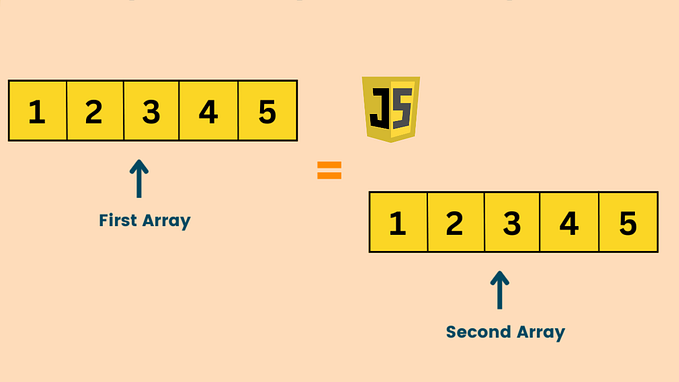Member-only story

Scaling a Node.js application effectively is key to building software that can handle heavy loads without compromising performance. Using design patterns — tried-and-true approaches to common problems in software architecture — can help you structure your app for scalability, reliability, and maintainability. Here, we’ll explore the top 10 design patterns every Node.js developer should know for creating high-performance, scalable applications.
1. Module Pattern
The Module Pattern is fundamental to Node.js as it allows for code encapsulation and reuse by creating isolated modules. With modules, you can split code into smaller pieces, each with specific functionality, which improves readability and testing.
Example:
// logger.js
const Logger = {
log: (message) => console.log(message),
error: (message) => console.error(message)
};
module.exports = Logger;Using modules makes it easier to scale applications by organizing functionality into logical parts.
2. Singleton Pattern
In some cases, you need a single instance of a class or object throughout the app’s lifecycle — this is where the Singleton Pattern comes in. This is useful for database connections or caching, where maintaining a single instance can improve performance and consistency.
Example:
class Database {
constructor() {
if (!Database.instance) {
Database.instance = this;
}
return Database.instance;
}
}
const instance = new Database();
Object.freeze(instance);
module.exports = instance;Singletons prevent unnecessary resource consumption by avoiding multiple instances of the same object.
3. Factory Pattern
The Factory Pattern allows you to create objects without specifying the exact class. In Node.js, it’s helpful for handling different object types in a scalable manner, such as creating different services based on request parameters.










